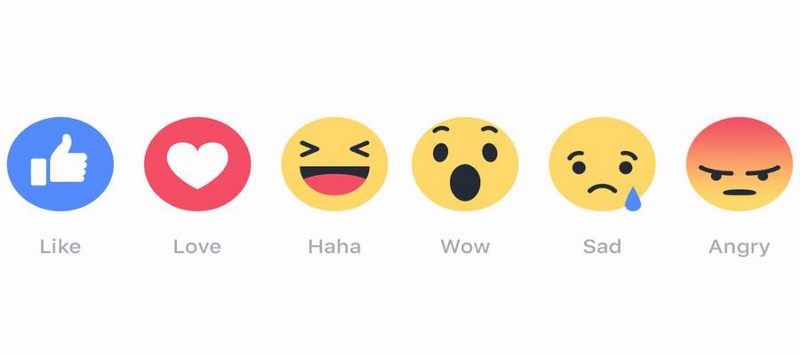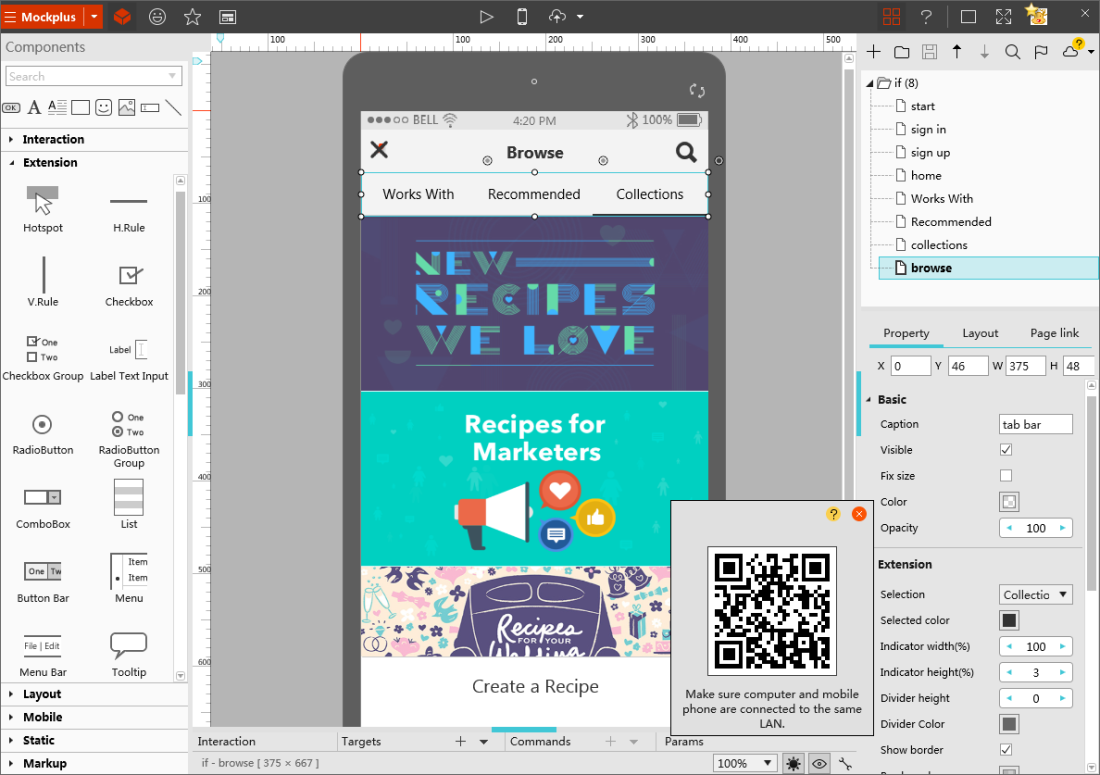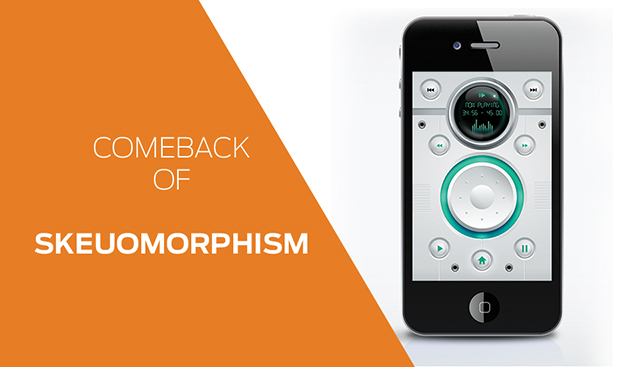My friend Cynthia wasn’t a fan of social networking. It’s hard to find her in any online circle, except for Facebook, where she occasionally kills her time. However, yesterday she told me that she’d fallen in love with FB. On the 2 anniversary of her registration, she just logged in the community and found a video clip customized for her. In that video, her avatar was printed on a badge, picked up by a hand with dark skin and was put on table in the middle of many badges printed with the avatars of her friends, accompanied by another badge, on which there is a line, “Thank you for your accompany and not forgetting” Cynthia was deeply moved and played the video back over and over again. Facebook, a community with over 200 million users, totally won her affection by its focus on users. It’s no wonder that so many designers dream of becoming a member of the social network giant.


Facebook never made its process of selecting a UI/UX designer public, but if you are concerned about the presentations by its designers or PMs, like the series of “How a Facebook Designer Think?” by Julie Zhuo, you may find those people really have something in common. Since these qualities are not innate, in this article, I prefer to call them “ui ux designer skills”.
1 User-Centered Mind
What is a user-centered mind? First, make sure that you are making a product from the perspective of its users. It’s easy to fall into “seller thinking” when we make a design. For example, “How to design this button to improve click-through rate?”, “Does orange color stimulates users’ desire to buy better than green?”. These questions show that we pay more attention on our own objectives than users’ demand. The founder of Ford Motor Company Henry Ford’s ever said: “If I ask my users what are their demands, they’ll only say they need a faster horse.” Then how to make a horse faster? To give them better feed? Reduce the saddle weight? Why don’t we replace horse with a better transportation like a car? That is the heart of the matter since users want a faster horse because they want to reach their destinations more quickly.

Why can Facebook give us the best user experience? In the movie “The Social Network”, young Mark Zuckerberg realized that people have strong curiosity about others’ personal life, that’s the initial reason to register a social community like Facebook. Gradually, they get used to share their own life with others and expect a constant concern from their friends, colleagues or even strangers. Helping people to build a strong connection with external world; enabling them to follow and be followed, these are what a social platform was born for. When Facebook has become a part of our daily life, it is not the platform which we cannot give up, but the satisfaction we get from being concerned about. That also shows that an ideal product can not only satisfy its users by powerful functions but also meet their mentality needs. Paying attention to both the objective and subjective needs of users is among those important ui ux designer skills valued by Facebook.
2. Know the Importance of Humility
A designer who makes meeting users’ demand their ultimate goal must be one with humility. They design neither for trying new things, showing off nor purely doing what they want, but for solve the real problems of users. A rational designer will never misled by the honor of a team or their own. Their designs have nothing to do with “The product of our company has to win” and they don’t make “designing the best product in some field” their goal since those are not what customers care about.
The importance of humility has been diminished in today’s world. Here I’m not discussing humility as a virtue, but an ability a mature, experienced ui ux designer should have. If the designers at Facebook don’t know the importance of humility, they wouldn’t have made the avatars of over 20 million users to badges just for bringing instant joy to users. The “not forgetting” Facebook presented to its users is exactly what FB’s been doing. I believe that, to make users feel that they are concerned is the initial mission of a social platform, and Facebook will never forget it. That’s why it’s the designers with humility are what Facebook looking for.

3. Keep Up With the Trends
The present and future of users is the key, not the past of them. This determines that as a designer you should always keep up with the trends. Whether you are a UI designer, interaction designer, visual designer or UX designer, if you know the design trends in 2017 like a book, congratulations, you are valued by Facebook to some extent. “Trends” sounds like a very light word, but there are in fact a lot of things behind it. As a designer, how to get design information at the first time and transform them to design ideas & use them in reality to solve people’s problems are a strict test of designers’ sensibility and divergent thinking. On another hand, behind a constant following of trends are two words really hard to write: “passion” & “persistence”. A disdain to trends are caused by arrogance and idleness.
Whether or not Facebook is the right place for you, these 3 UI UX designer skills will constantly sharpen you and make you a really excellent UI/UX designer.
Related Reading:







































